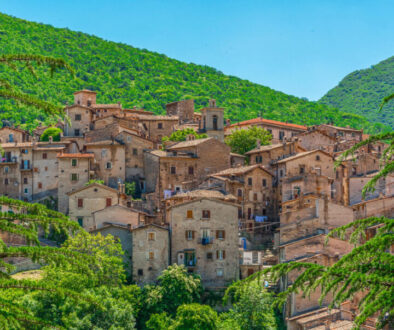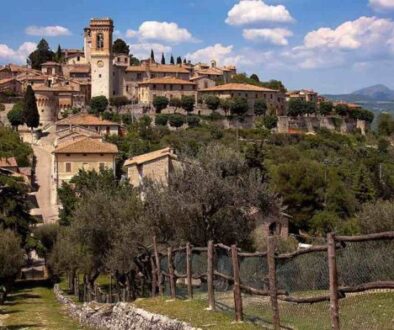Spur of the Gargano, in the cave of the devil
Monte Sant’Angelo (also known simply as “Mònde“, according to the local dialect) is an Italian town in the Puglia region that has just under 13,000 inhabitants spread over an area of 245.13 square kilometers. It is located in the province of Foggia, more precisely on a spur of the Gargano in a wooded area, at an average altitude of 796 meters above sea level and within an area known for the spectacular alternation of mountainous terrain and flat terrain: the latter is also directly wet from the sea (think of the fraction of Marina di Monte Santangelo).
The history of Monte Sant’Angelo is directly linked to that of the cave of the Archangel Michael, which, according to local tradition, appeared in vision to the bishop of Spionto san Lorenzo Maiorano on May 8, 490, ordering him to dedicate the place to Christian worship . The cave of the archangel Michael was known to the Lombards, who during the seventh century after Christ raised it to their national shrine and also to the Saracens, who sacked it in the year 871. The place became a must for the Crusaders heading to the Holy Land already starting from the tenth century and between the year 1000 and the year 1100 just in its neighborhood began to develop the urban settlement that would become the municipality that we know today. Monte Sant’Angelo obtained the title of city directly from Pope Boniface IX in the year 1401 and was subsequently granted to Giorgio Castriota, also known as Scanderberg: a noble Albanian leader and patriot, distinguished during the resistance against the Ottomans. During the seventeenth century the municipality would have joined the Kingdom of Naples and would have overcome a very severe epidemic of plague, while during the following century it would have started to grow from an urban point of view. At the same time, the history of the Sanctuary mentioned above has continued to welcome dozens and dozens of saints, popes and very important religious figures: starting from St. Thomas Aquinas, St. Catherine of Siena and St. Francis of Assisi, arriving to Pope John Palo II (in 1974, when he was still a cardinal of Krakow).

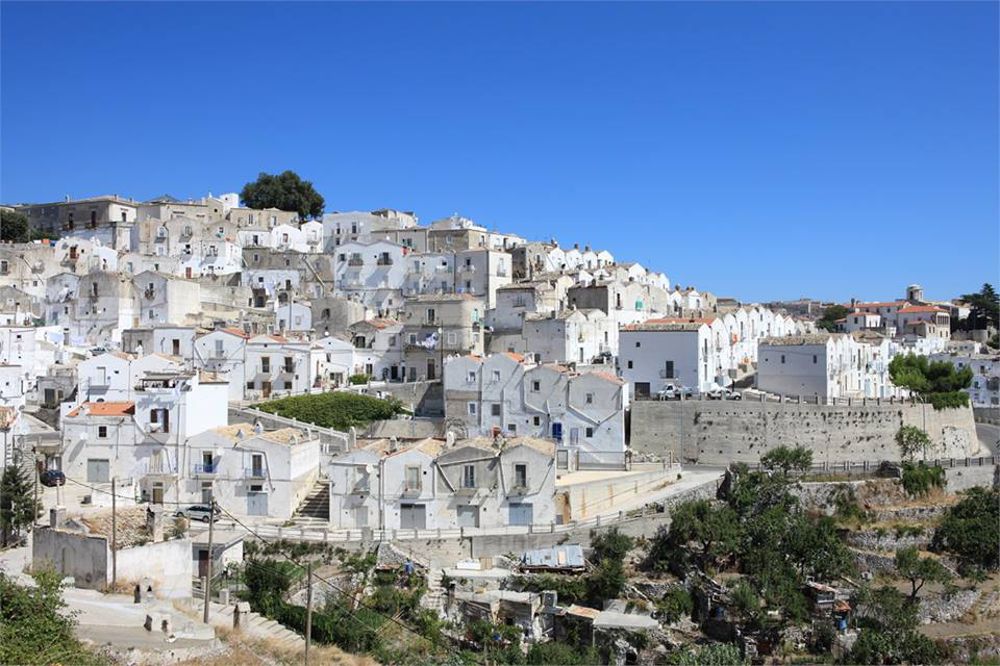
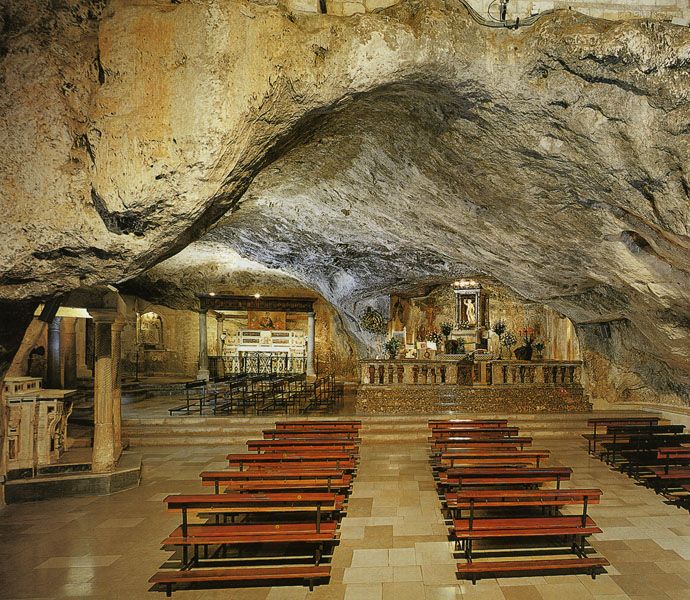
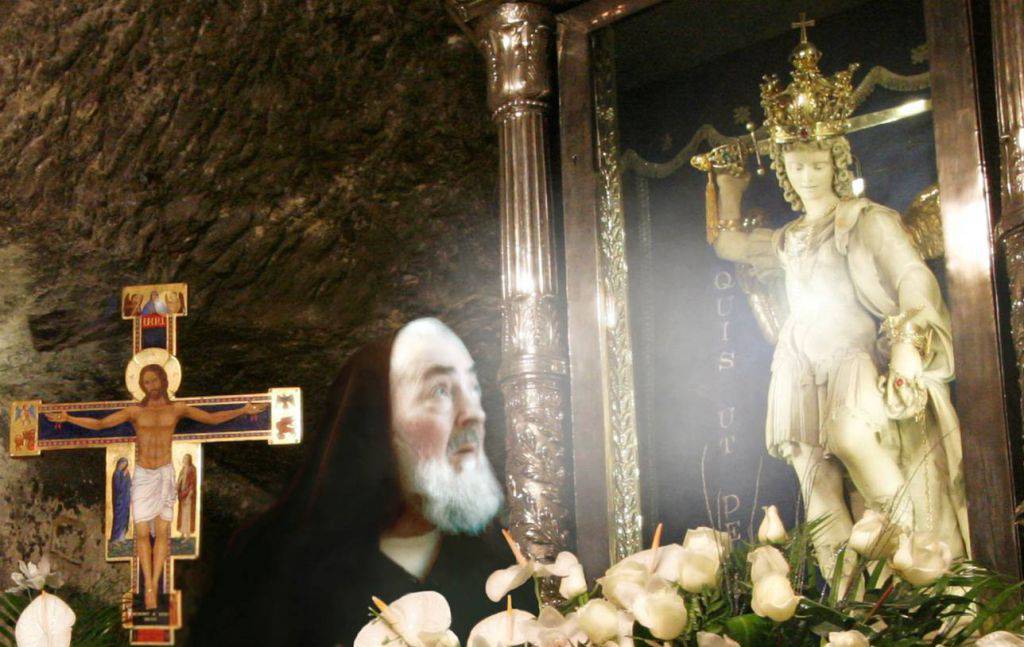
A site so important that on June 25, 2011, it rightfully entered the prestigious list of World Heritage Sites drawn up by UNESCO. A few years later, more precisely on January 5, 2014, the same National Geographic Sciety, i.e., one of the largest non-profit scientific institutions in the world, would recognize the cave of San Michele Arcangelo as one of the most beautiful in the whole world, placing it in eighth place of its top ten (the only Italian cave included in the top ten of the list). As it is easy to guess, Monte Sant’Angelo’s economy is also heavily focused on religious and architectural tourism, boasting an absolutely first-rate artistic-cultural heritage. That said, however, the municipality is also an excellence in terms of handicraft production, especially in what concerns (once again) sacred objects and in what concerns foodstuffs such as fresh pasta, liquors, sweets and the so-called “scaldatelli” (a kind of taralli). Agriculture and pastoralism no longer have the relevance they once did, and even the industrial history of the place has been gradually downsizing following the closure of the historic local settlement of the petrochemical giant Enichem, although even today the area once occupied by the aforementioned factories is home to several small and medium-sized companies.
